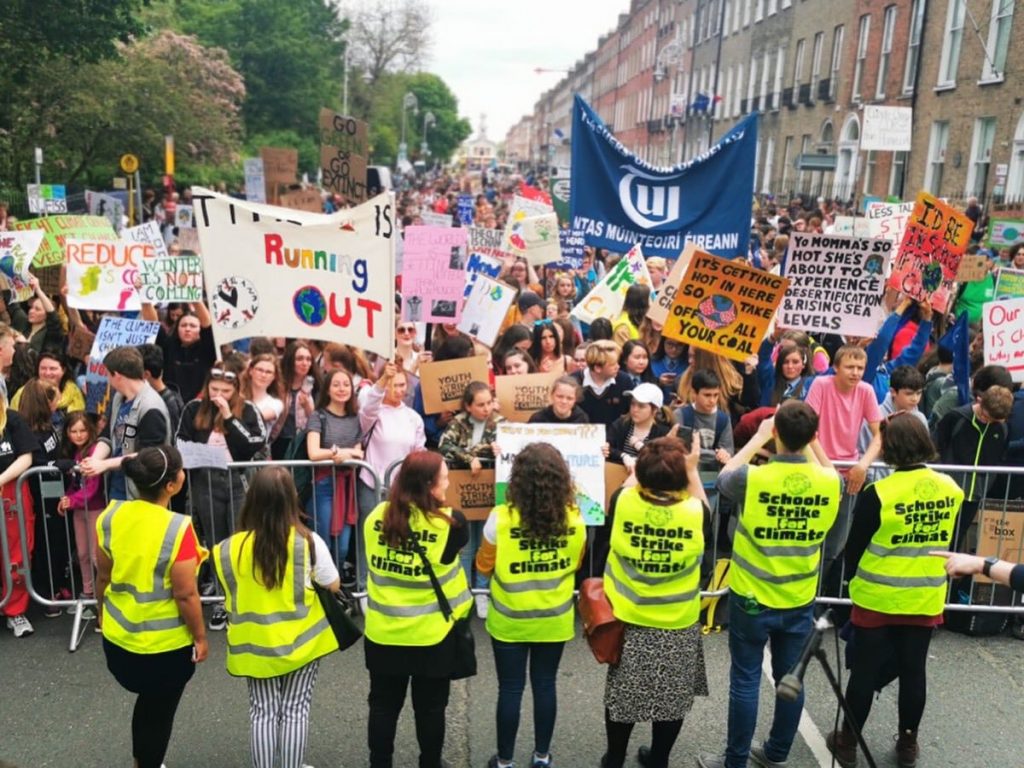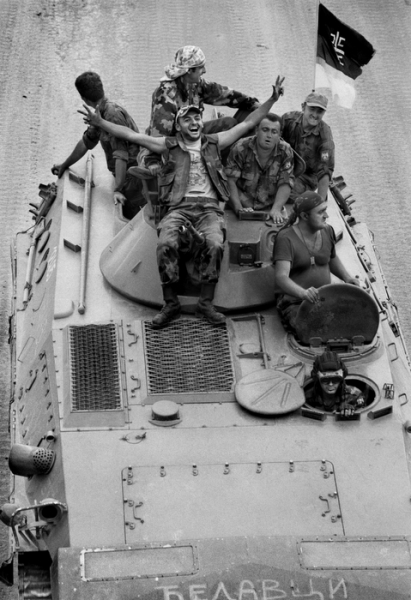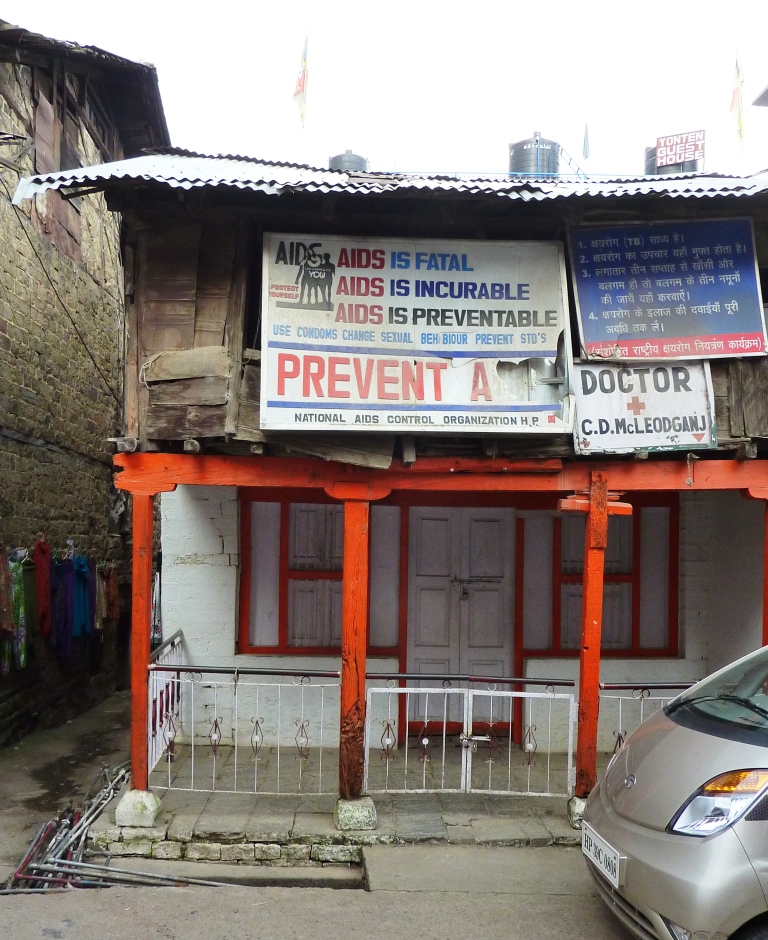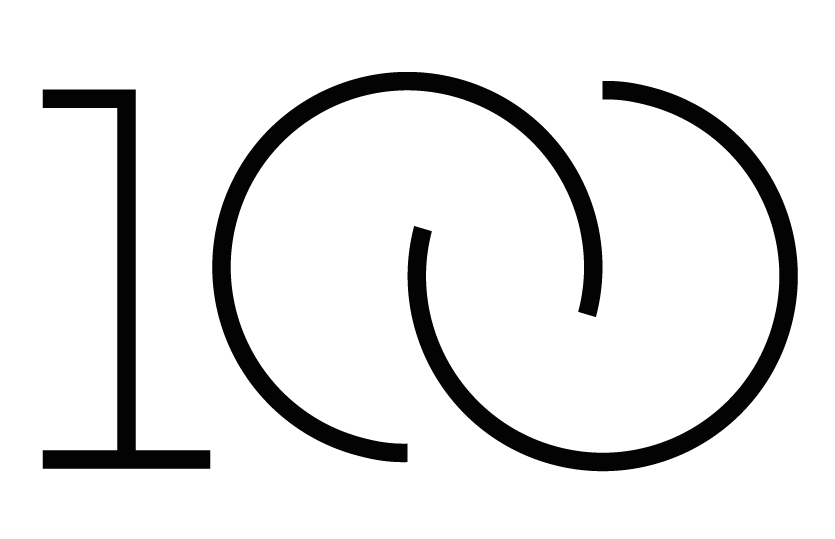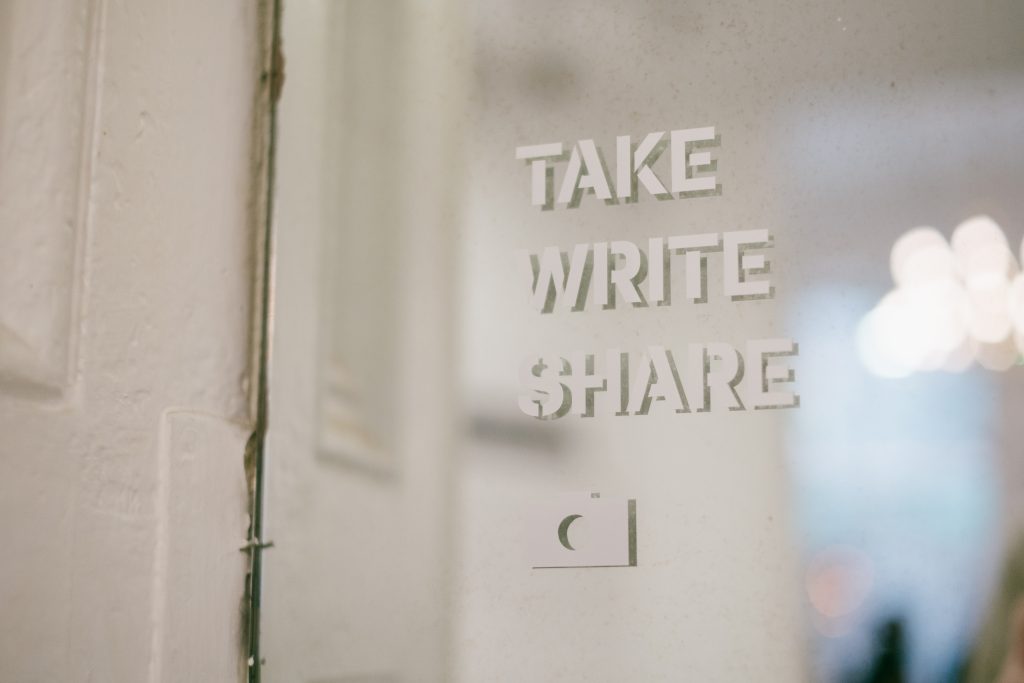Irish Global Solidarity in 100 Objects is organised by developmenteducation.ie, an online hub focused on learning about the unequal and unjust shape of the world today, and is coordinated by Aidlink, Concern Worldwide, the Irish Development Education Association, the National Youth Council of Ireland, Self Help Africa, Trócaire and 80:20 Educating and Acting for a Better World.
DevelopmentEducation.ie is part funded by Irish Aid.



